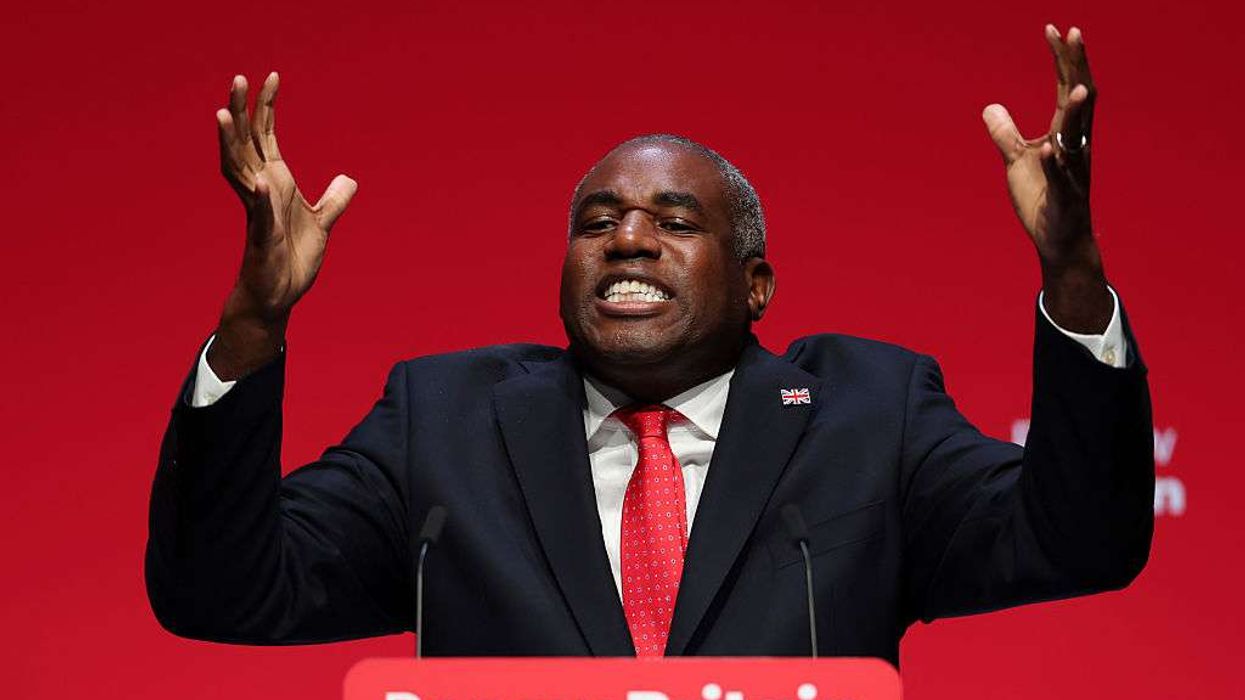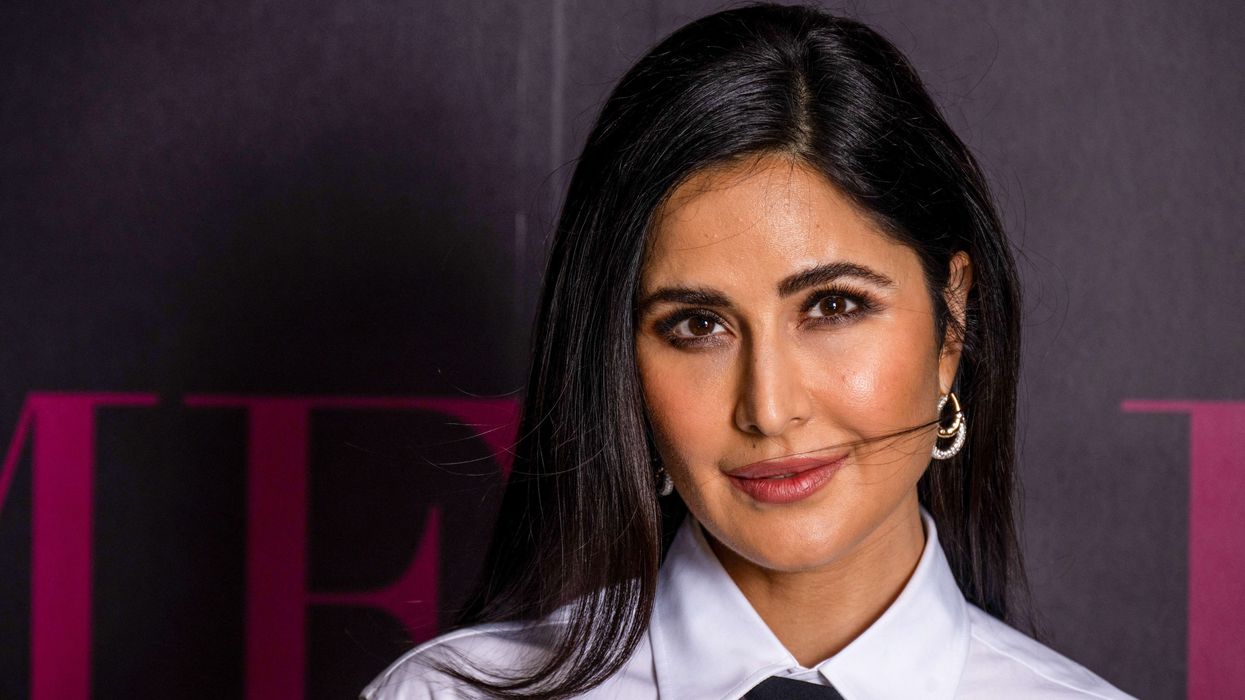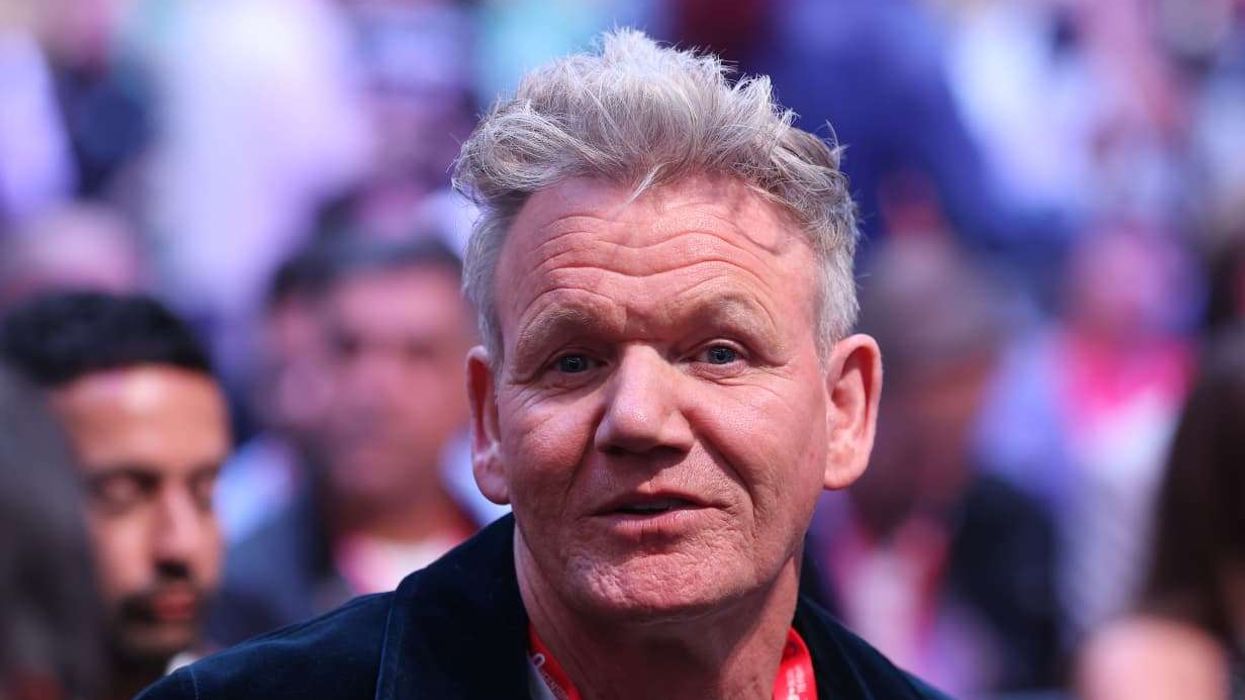Grey hairs, like wrinkles, are a visible indication of aging, which is a natural and lovely aspect of life.
"Grey hair is a combination of normally pigmented hairs interspersed with white ones. Hair turns white when the pigmentation cells responsible for colour (melanin) stop being produced.
"Most women who are in their 30s should see a few grey hairs, but by the time they get into their 50 most women would expect to have more than 50% of their scalp hairs turn grey," trichologist Madeleine Preston told Cosmopolitan in an earlier report.
However, according to The Sun, occasionally, the abrupt appearance of grey hair can be indicative of an underlying health issue.
Vitamin B12 deficiency
One of the primary causes of premature greying hair is a lack of Vitamin B12. Research has shown that supplementing with B12 can decrease elevated levels of homocysteine, which can contribute to hair loss, and prevent premature greying.
Scientists have observed that individuals with premature greying hair often have deficiencies in not only vitamin B12, but also folic acid and biotin, Healthline reports.
Vitamin B12, present in meat, fish, and dairy products, plays a vital role in the production of red blood cells, which are crucial for maintaining healthy hair growth.
Von Recklinghausen’s disease
Neurofibromatosis, also called Von Recklinghausen’s disease, is reportedly a disorder that leads to the development of tumors adjacent to nerves in the body.
It is caused by a genetic mutation that can be inherited or arise during early development. There is no known cure or prevention, but the tumours are usually noncancerous.
Individuals with neurofibromatosis display various sizes and shapes of tan spots throughout their body, and some may also experience hair discolouration.
In a 2014 study, researchers reported on a young boy with NF-1 who developed white hair on his scalp, likely due to piebaldism, a symptom of neurofibromatosis.
Piebaldism is characterised by a lack of melanin-producing cells in the skin and hair.
Thyroid disease
Thyroid issues, like hyperthyroidism or hypothyroidism, can lead to premature white hair due to hormonal changes affecting melanin production.
The thyroid is a butterfly-shaped gland that regulates various body processes, including metabolism.
Thus, the condition of your thyroid may also affect the colour of your hair, as your body may reportedly create less melanin if your thyroid is overactive or underactive.
Alopecia areata
Premature white hair can also be a symptom of autoimmune disease, in which the body attacks itself.
The immune system may attack hair in those with alopecia, resulting in pigment loss.
As a result of alopecia areata, both men and women can experience bald patches the size of a huge coin.
But "grey hair is an inherited trait,” said Madeleine. She states, if your parents went grey early there is a possibility that you will too. Caucasians seem to go grey earlier and some health conditions may cause premature greying such as diabetes, pernicious anemia or thyroid problems.”
Anemia caused by a lack of vitamin B12 is known as pernicious anaemia.













